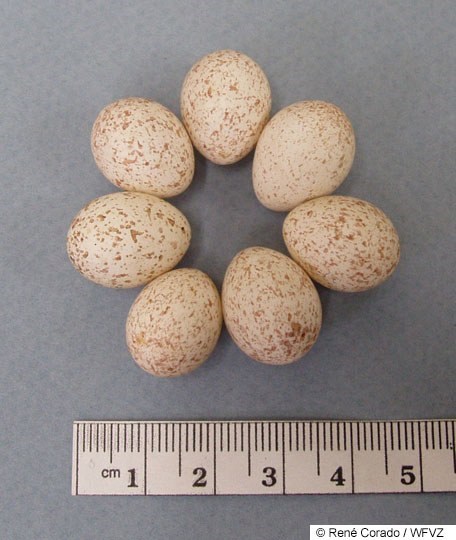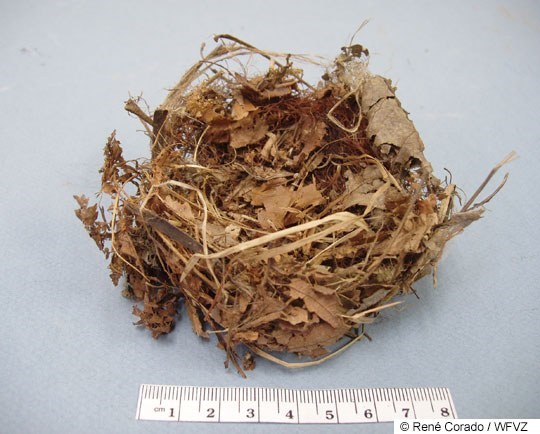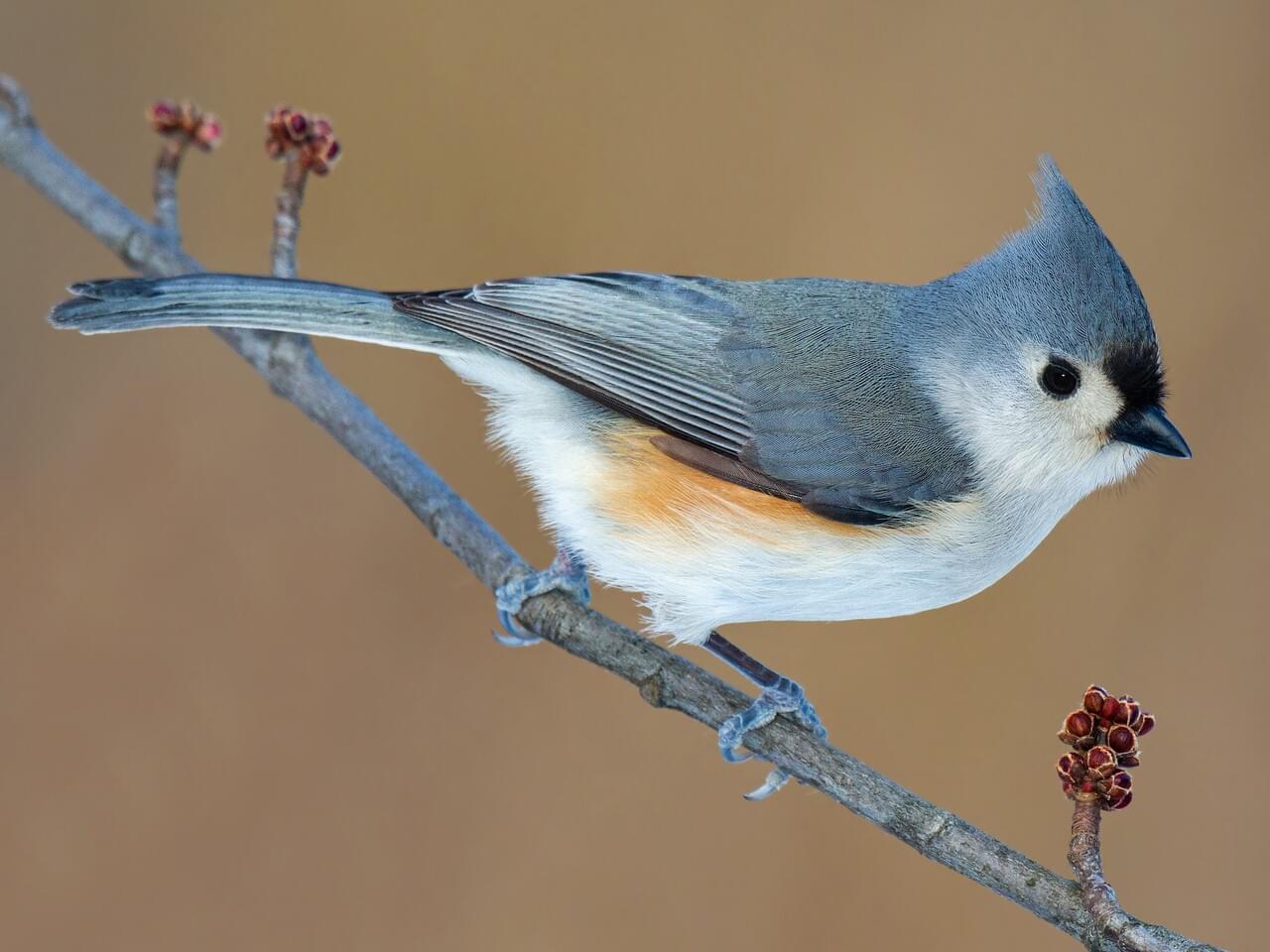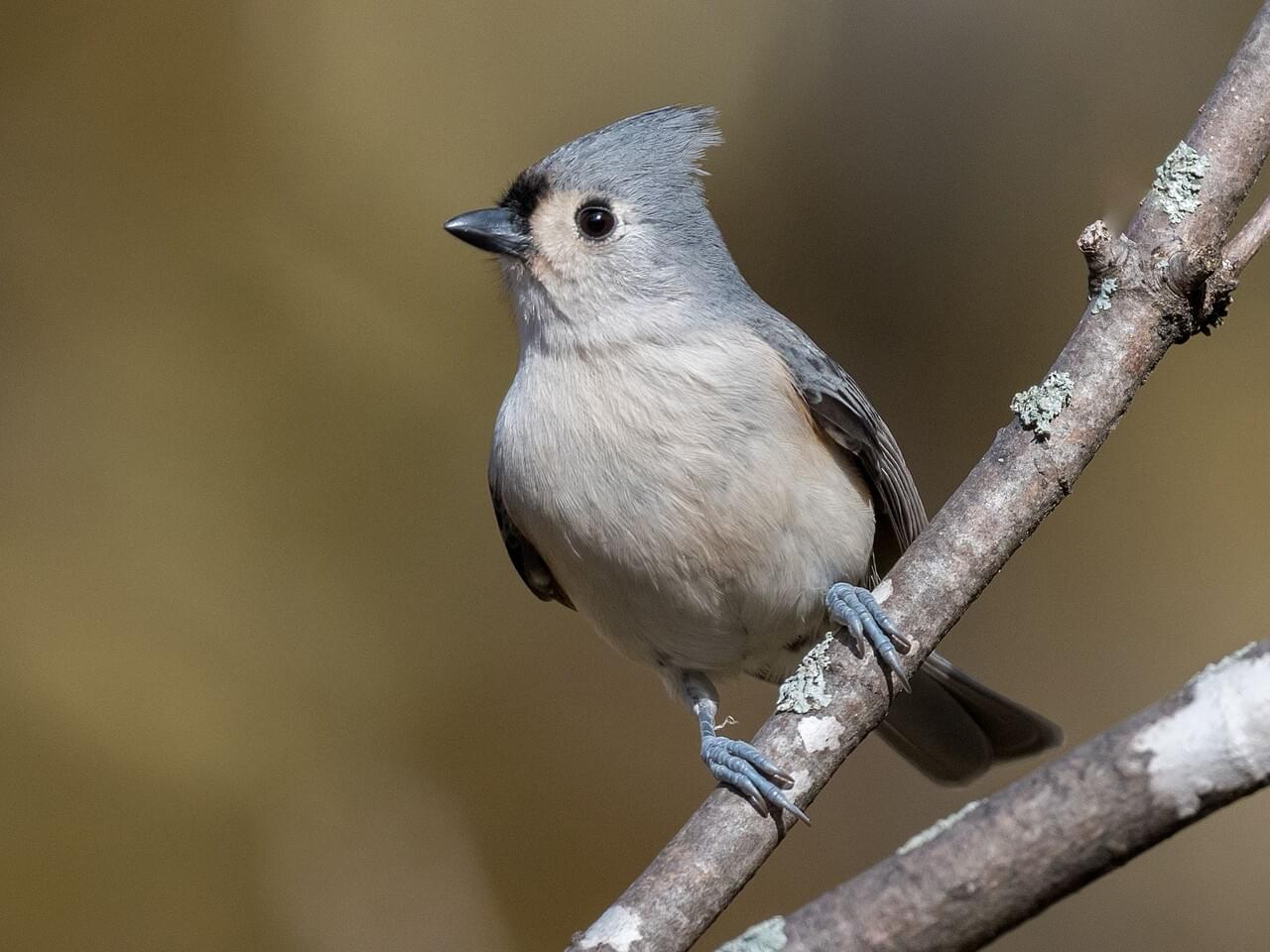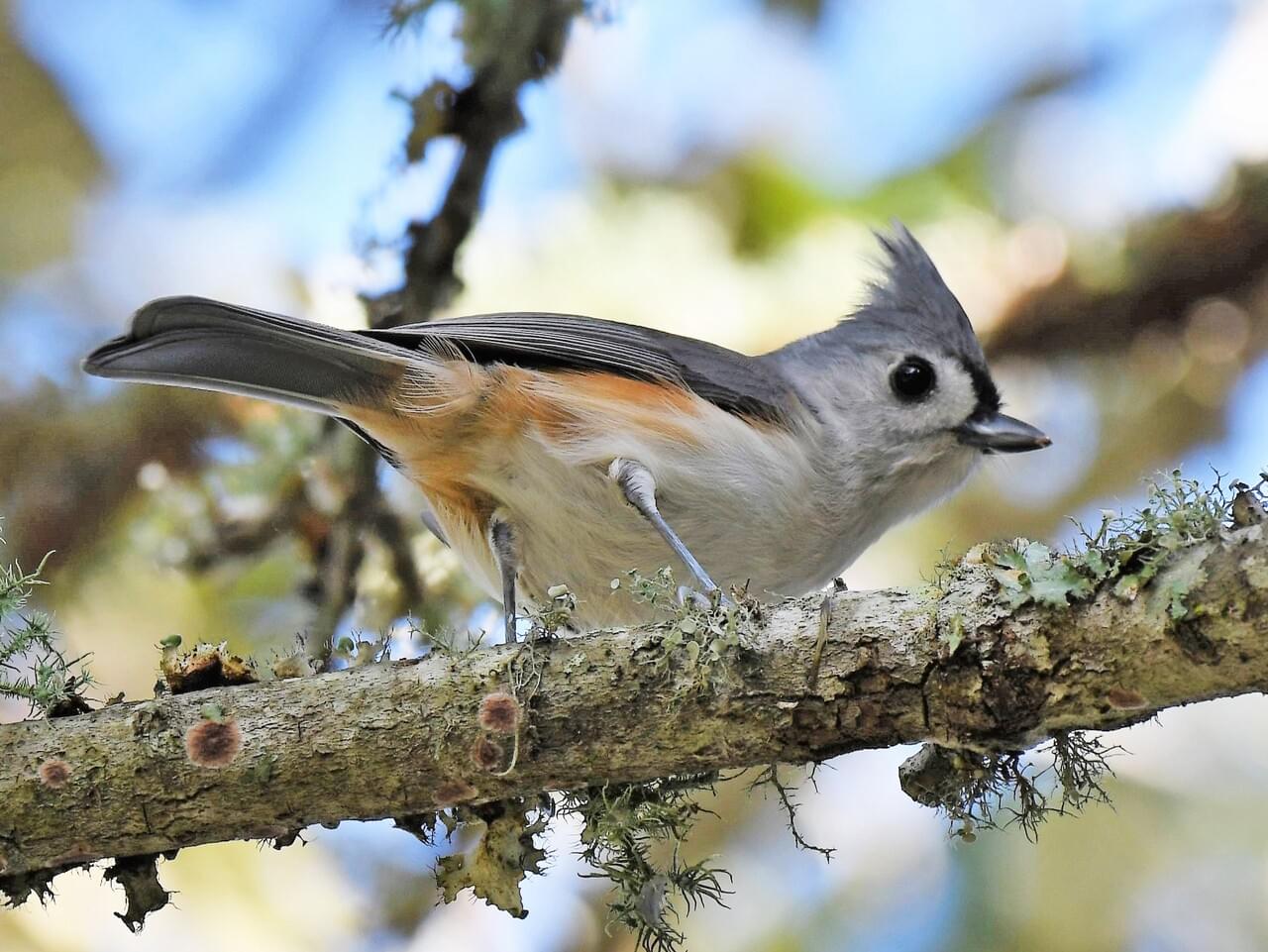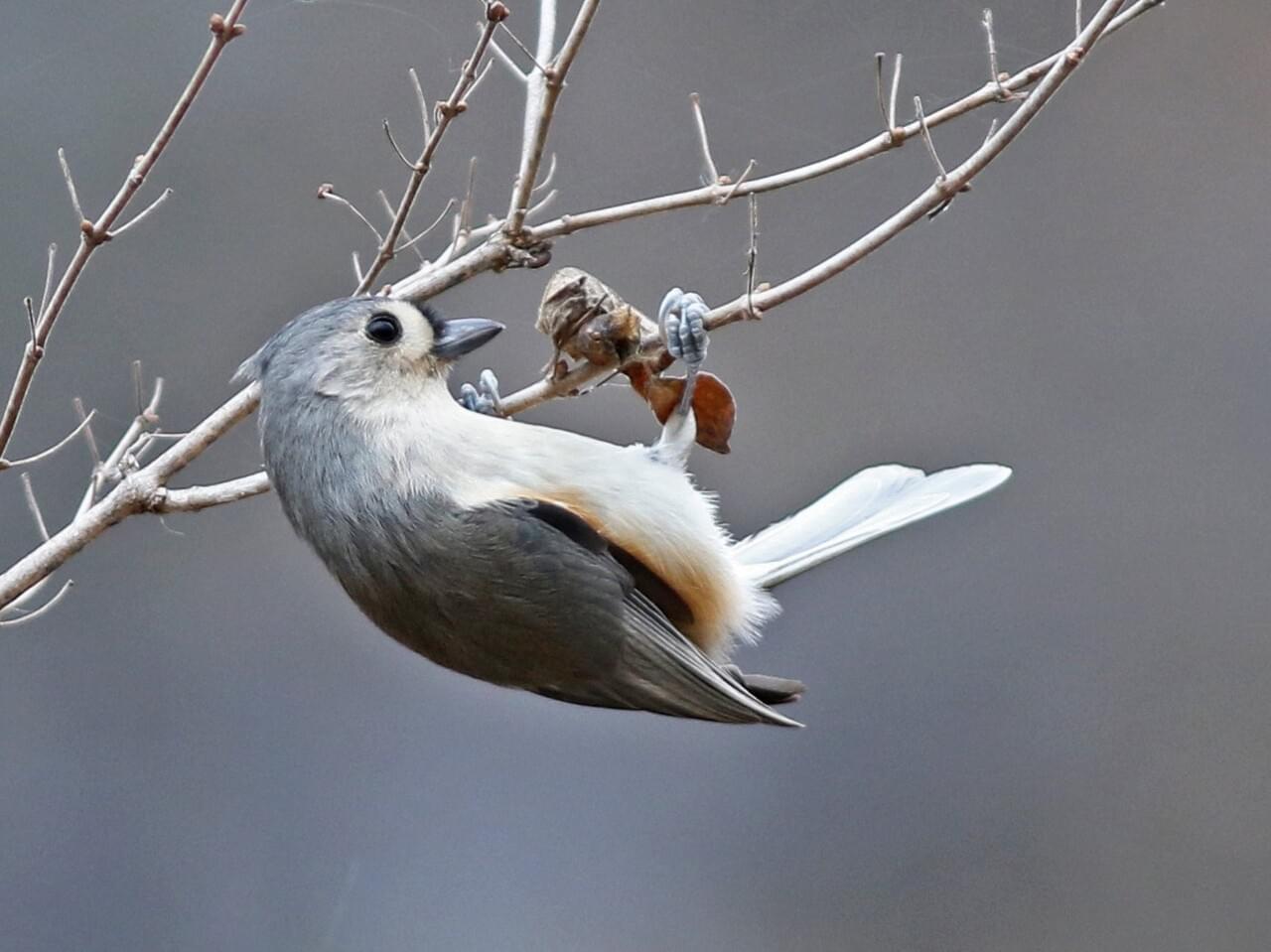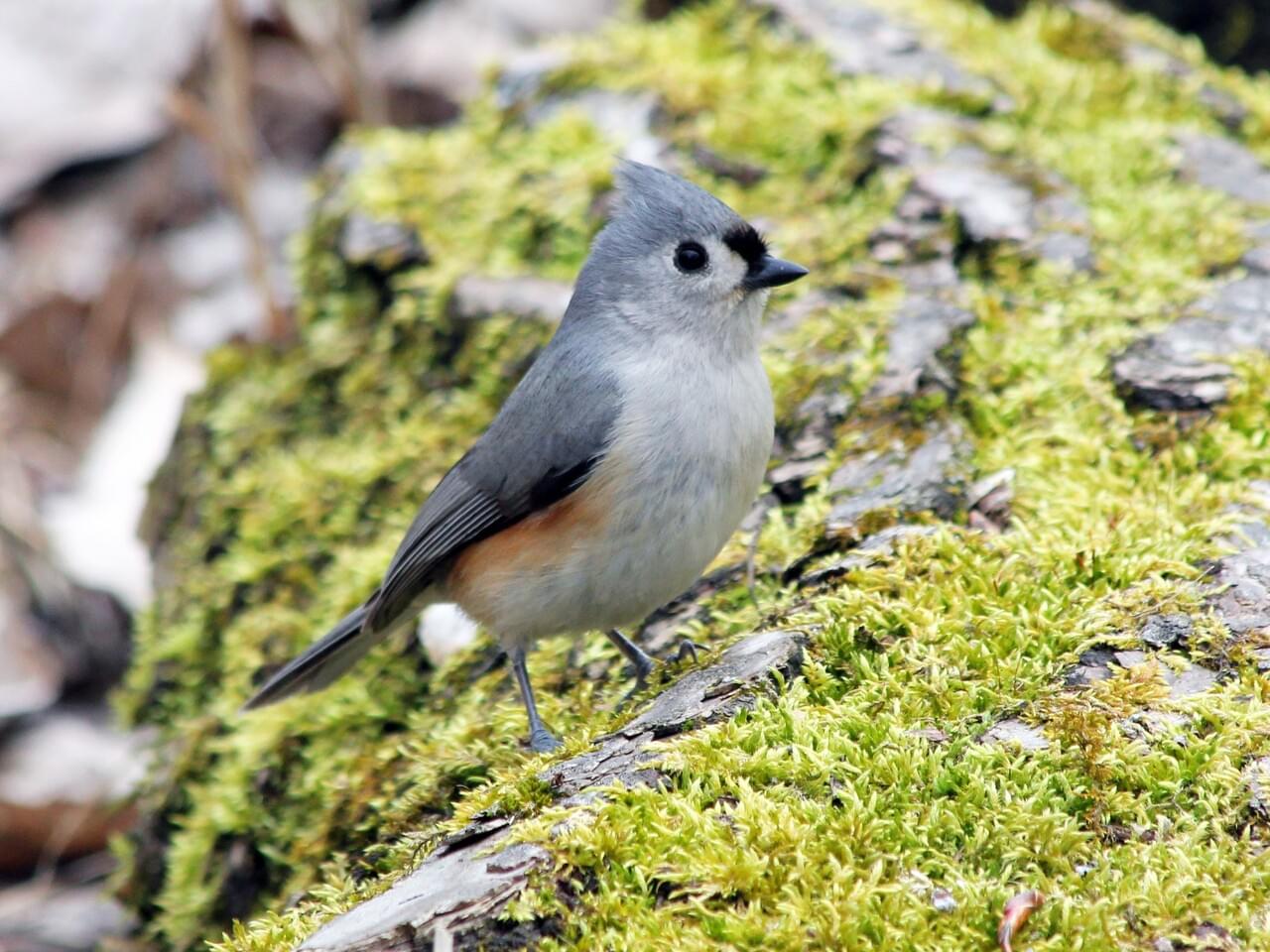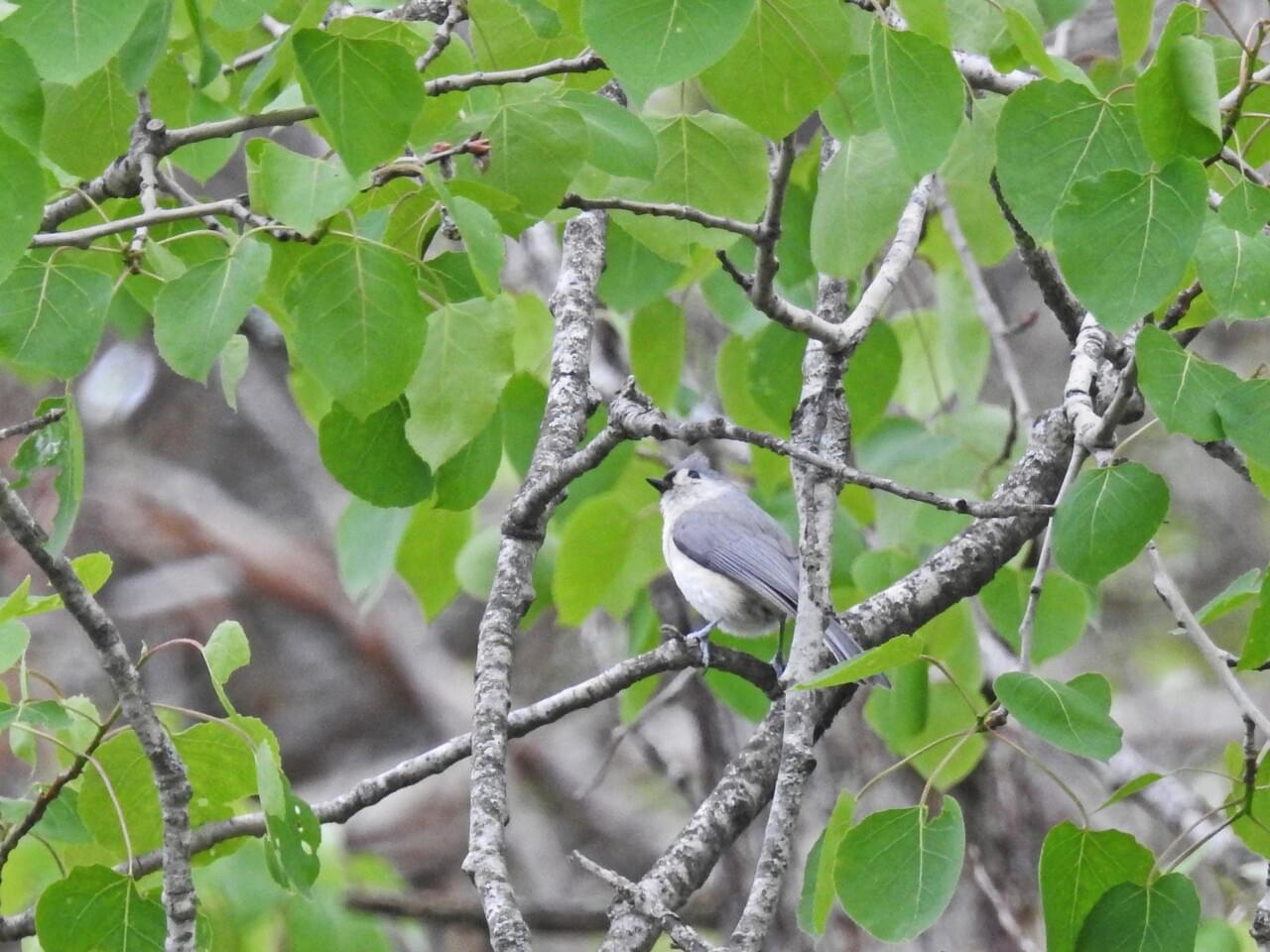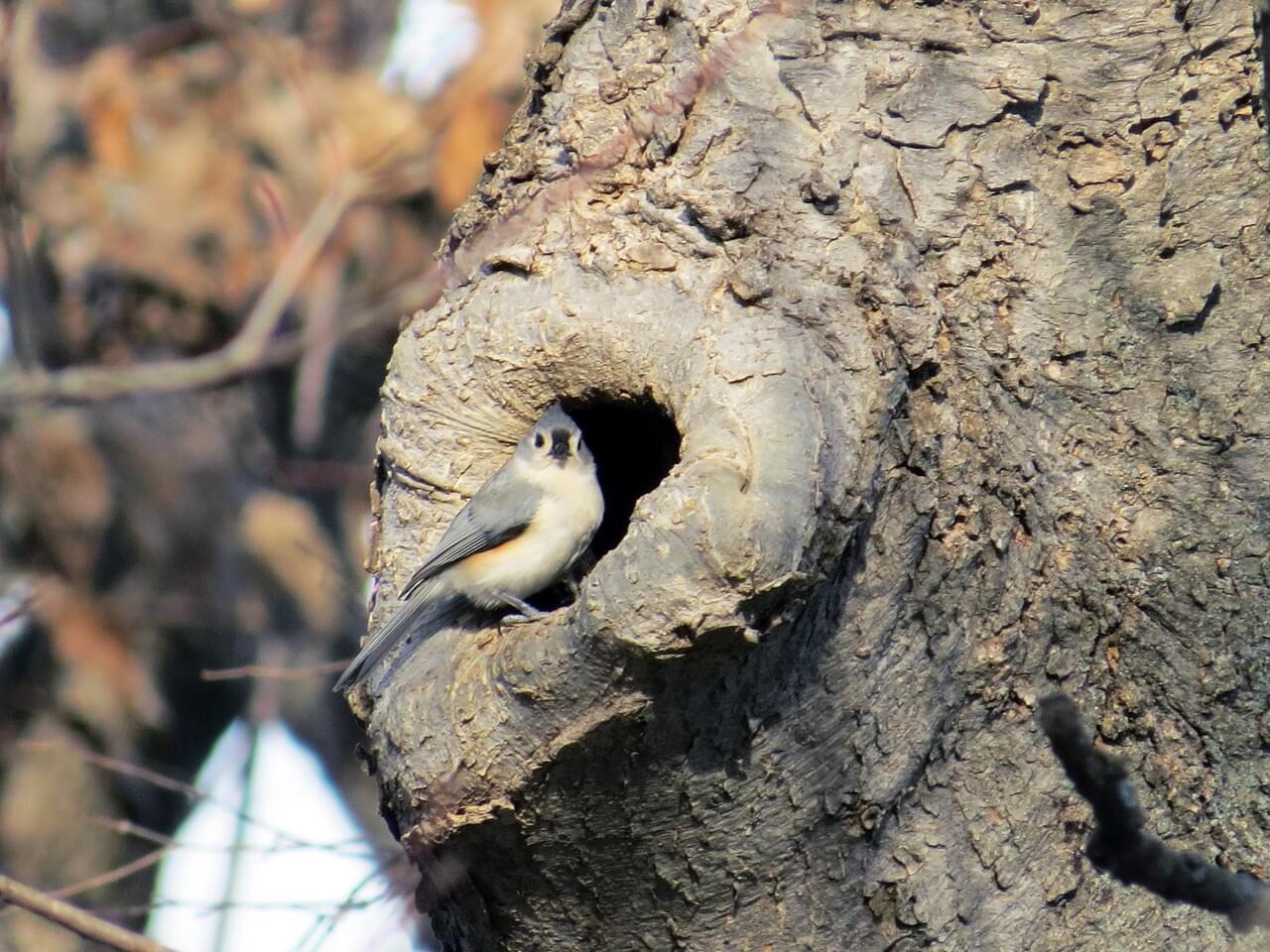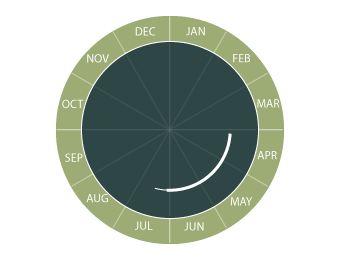Tufted Titmouse
Tufted Titmouse
(Baeolophus bicolor )
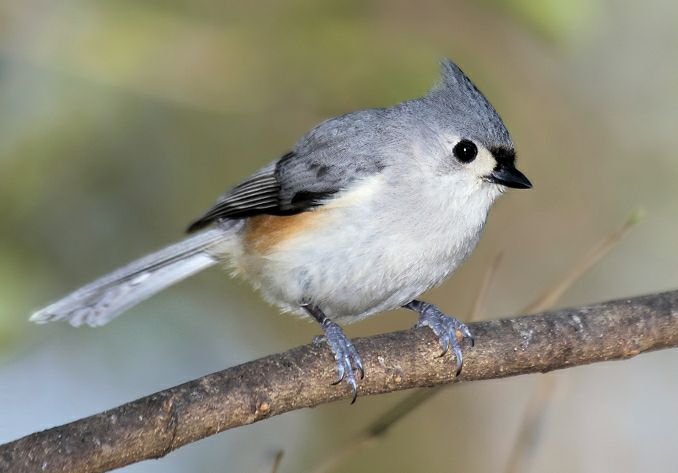
Song
© Brad Walker / Macaulay Library
Song
© Wil Hershberger / Macaulay Library
Song
© Brad Walker / Macaulay Library
Song
© Robert Bethel / Macaulay Library
Song
© Andrew Spencer / Macaulay Library
Calls
© Jay McGowan / Macaulay Library
Calls
© Wil Hershberger / Macaulay Library
Calls
© Wil Hershberger / Macaulay Library
Calls
© Wil Hershberger / Macaulay Library
Calls
© Wil Hershberger / Macaulay Library
Calls
© Jay McGowan / Macaulay Library
Calls
© Jay McGowan / Macaulay Library
Juvenile calls
© Jeff Graham / Macaulay Library
Where To Find It
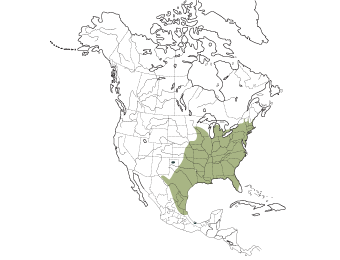
Source: Birds of the World
Habitats
Substrates
What You'll Find
Nest Type
Chick
Clutch Size
3
5
6
9
Nest Height
90 ft
3 ft
Nesting Statistics
Incubation Period
12-14
days
days
Brooding Period
15-16
days
days
Useful Hints
- Titmice build cup-shaped nests inside the nest cavity using damp leaves, moss and grasses, and bark strips. They line this cup with soft materials such as hair, fur, wool, and cotton, sometimes plucking hairs directly from living mammals.
- During incubation, the male feeds the female both on and off the nest.
- “Helpers” from a previous year’s nest may occasionally aid the breeding pair in raising young.

